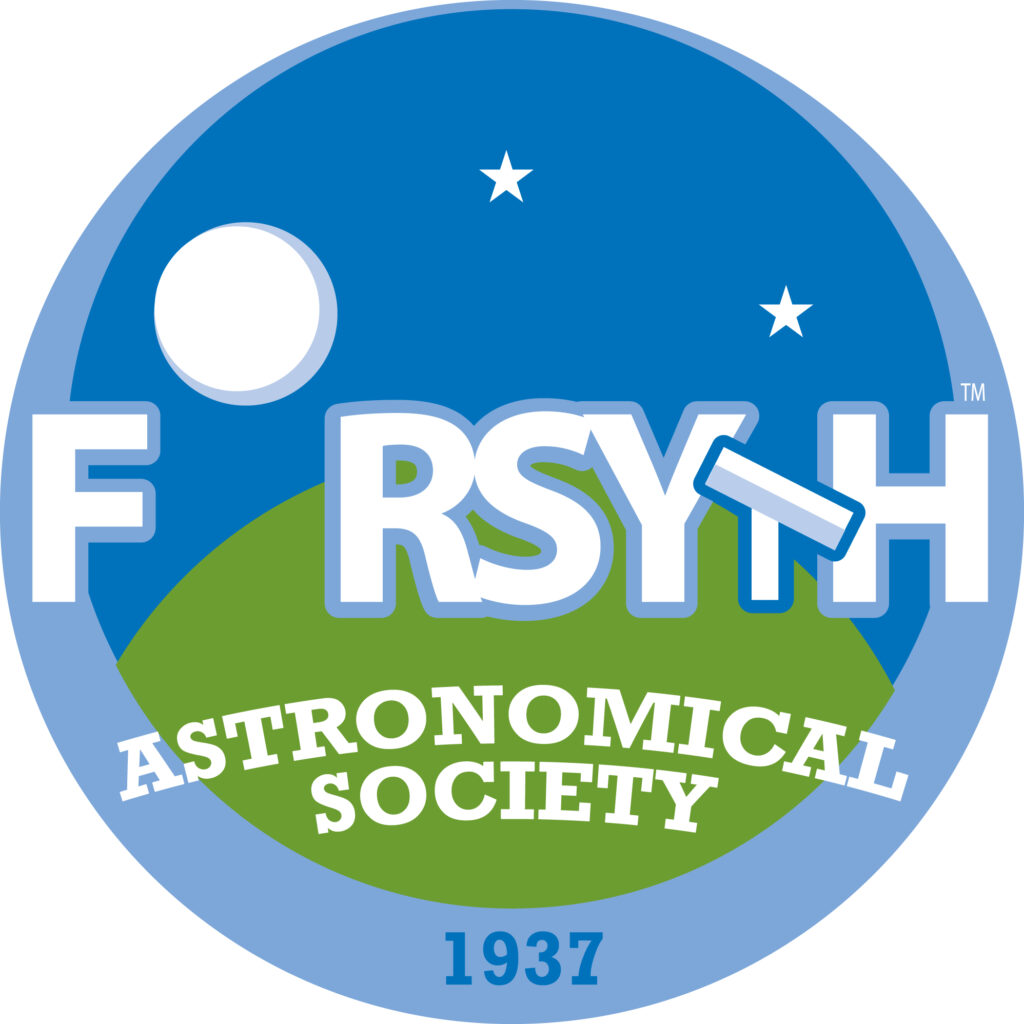When we look up into the night sky, we notice that some objects are brighter than others. Well, to keep up with it, Astronomers have a formal way of measuring and assigning brightness to a celestial object.
Stellar Brightness
The brightness of a star is typically measured in two ways. The intrinsic brightness is the object’s true brightness. The apparent brightness is a measure of how bright it is when viewed from the Earth. The farther away a star is, the dimmer it appears. In general, apparent brightness = intrinsic brightness / distance2, and distance = √(intrinsic brightness / apparent brightness).
A star’s brightness is usually measured by its luminosity. Luminosity (L) is a measure of the light emitted by the star. Technically, it is the energy per second produced by the star, and it is proportional to the star’s radius2 and the temperature4. However, it is most often stated as a ratio to the luminosity of the Sun (Lo). Huge type O stars can have a luminosity of 106 times that of the Sun. Small type M red dwarfs can be as faint as 10-5 that of the Sun.
Stellar Magnitude
A star’s magnitude is another measurement and uses a scale ranging from negative numbers (brightest) to positive numbers (dimmest). For example, when we look up into the night sky, going from brighter to dimmer, Sirius has an apparent magnitude of -1.46, Vega is +0.03, Rigel +0.18, and Polaris +1.96.
There are two ways in which a star’s magnitude is measured.
- Apparent magnitude (m) is the brightness of the star as seen from the Earth.
- Absolute magnitude (M) is the brightness of the star from a fixed distance of 10 parsecs (32.6 light years).
The difference in one magnitude corresponds to a 2.512 ratio in brightness. The number 2.512 is known as Pogson’s ratio after astronomer Norman R. Pogson. He noticed that in the ancient stellar magnitude system of Hipparchus, which was later adapted by Claudius Ptolemy and used by astronomers into the nineteenth century, 1st magnitude stars were around 100 times brighter than 6th magnitude stars. So, Pogson formalized the difference and made 2.512 the basis for the modern stellar magnitude system. With this, the difference in magnitude of x corresponds to a ratio in brightness of 2.512x, and 2.5125 = 100. For example, a star of magnitude 1 is 2.512 times brighter than one of magnitude 2, 2.512 x 2.512 times brighter than a star of magnitude 3, 2.512 x 2.512 x 2.512 times brighter than a star of magnitude 4, and so on.
This page is taken from a previous FAS Astronomers Blog, Cosmic Distances, Stellar Brightness, and the Hubble Constant.
A Few References
- “The ABCs of Stargazing.” Astronomical League Handouts.
- “Magnitude and Brightness.” Astronomical League Handouts.
- Mike Soulby. “The Stellar Magnitude Scale.” Stellar Discovery.
- “Cosmic Distances, Stellar Brightness, and the Hubble Constant.” FAS Astronomers Blog. March 2022.
Algunas referencias
- “El ABC de la observación de estrellas.” Folletos de la Liga Astronómica.
- “Magnitud y brillo.” Folletos de la Liga Astronómica.

